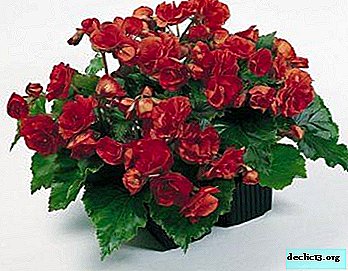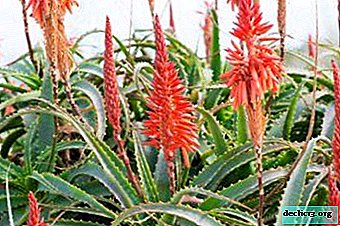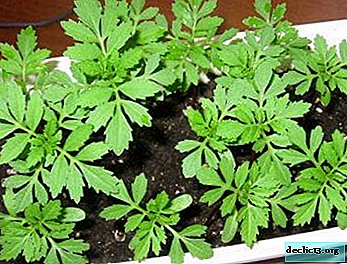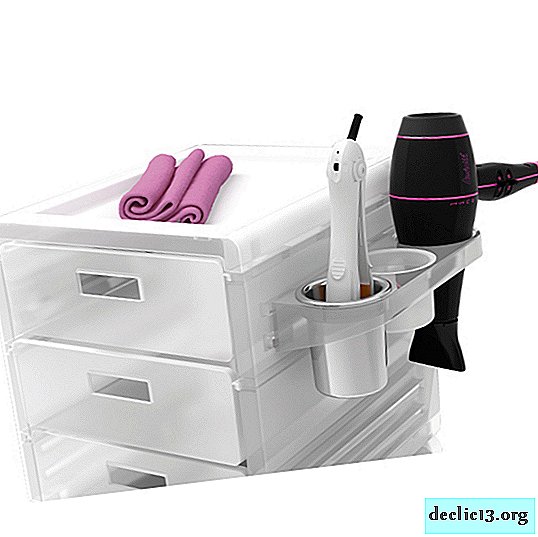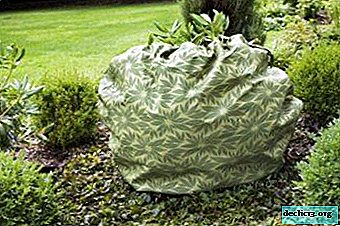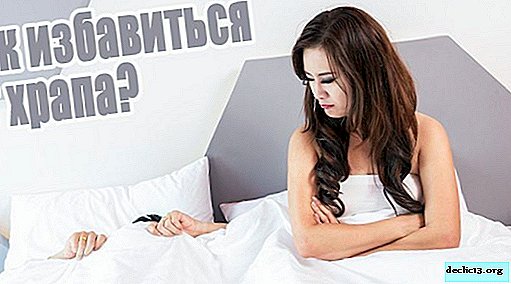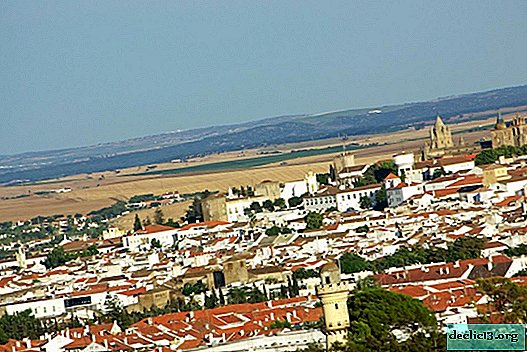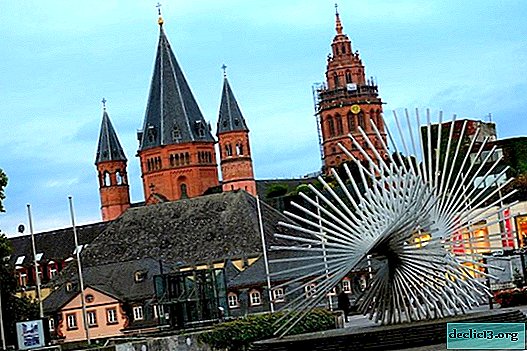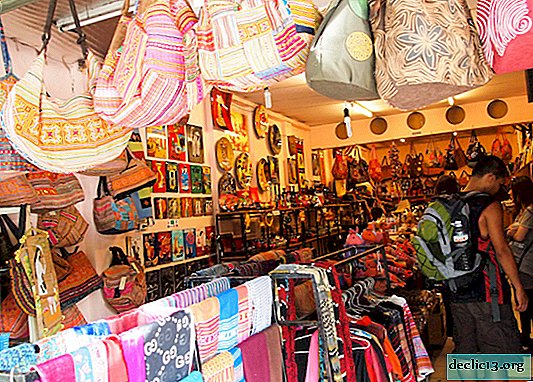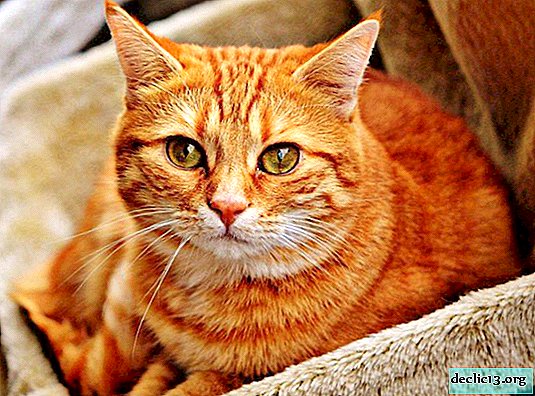What to consider when choosing Jerusalem artichoke varieties? Description of the types of culture of different maturity

Jerusalem artichoke is often called an earthen pear. This plant is unpretentious and ubiquitous. Edible tubers and the green part are suitable for food.
Jerusalem artichoke has a large number of varieties that differ in yield, ripening time, fruit size and other characteristics. In this article, Jerusalem artichoke varieties are described in detail, characteristics of species and photos are given.
Features of choice
It is not difficult to choose a variety, the main thing is to clearly understand its specific purpose.
- Varieties with well-developed tubers have a wide range of uses, but they are mainly used for food.
- Those varieties in which the green part is well developed are fodder.
When choosing, it is important to understand which part of the plant will be used in the future. It is also worth considering the ripening dates, which differ for different climatic zones. If the time that elapses, from planting to harvesting, is not enough, a good harvest will not work.
Jerusalem artichoke is grown as an ornamental plant or to protect other plants from the wind.Selection rules
Due to the large difference in climate in the regions, there is a need to choose the right varieties.
For the Urals
For this region, only early varieties are relevant. The full ripening cycle must have time to go before the onset of the first frosts. Also, breeders were able to develop modern, frost-resistant hybrids, the tubers of which can remain in the soil without digging all winter, without losing useful properties. Such hybrid varieties can be grown even in northern latitudes.
For central Russia
Late-ripening varieties are perfectly suitable for the middle strip. They are tall and produce large yields of tubers and greenery. It is also important to consider the characteristics of the regions associated with drought and elevated temperatures. It is important that the varieties are stable and unpretentious.
For Siberia
Because of the very short summer in this region, it is difficult to grow most crops, but early ripening Jerusalem artichoke varieties are perfect for him. Due to its frost resistance, the fruits winter well in the ground until spring.
Jerusalem artichoke blooms in August and resembles a sunflower in appearance.
Varieties of earthen pear with description and photo
Varieties are divided by maturity and are very different from each other in their properties. Further, you can familiarize yourself with their characteristics and see how they look in the photo.
Early
- Volzhsky - 2. This is a tall plant, with a green - brown rough stalk. Green leaves are heart-shaped, arranged in pairs. The tubers are pear-shaped, white with a slight purple hue. In one hole there can be up to 30 fruits. Productivity is high, up to 150 kg / ha, and green mass up to 200. It grows from 100 to 110 days. Best suited for the Central Black Earth Region.
- Early maturing. The bush is medium sized. The leaves are large, serrated along the edge. It ripens on average in 4 months, which distinguishes it from other varieties. Skoropelka is a stable variety, is not afraid of frost and drought, does not respond to low light. The tubers are white, rounded, compactly located in the ground. The yield is 250 kg / ha, and the green mass is 260. It is perfect for the central regions of the country.
- Vadim. Large dark green leaves form a dense bush, making it decorative. The tubers are aligned, red in color, on average 60 g each. It is distinguished by excellent keeping quality both in the cellar, sprinkled with sand, and in the ground.
Volzhsky - 2:

Early maturing:

Vadim:

Medium
The fruit of Jerusalem artichoke is very similar to potatoes, because of this it is sometimes called a bulb or drum.- Hungarian. This is a variety of feed destination. The bush reaches a height of up to 5 meters, the stems are well leafy. The fruit yield is low. Differs in shadeliness, does not require bright light.
- Vilgotsky. The bush is sprawling, with thick stems and small, elongated, slightly pubescent leaves. The fruits are oval, yellow. The variety is valuable as a feed. The growing season before harvesting does not exceed 4 months. Tubers winter well in the ground. From one bush you can collect up to 4 kg of green mass. Suitable for the North and Northwest regions of the country.
- Omsk white. The growing season does not exceed 130 days. It is a moderately bushy variety, with erect stems that have a purple hue. Reaches a height of 2 meters. A distinctive feature is the simultaneous maturation of all tubers. They are small, spherical, weighing about 50 grams. It has a good yield, up to 430 kg / ha. Suitable for growing in any climate zone.
- Leningradsky. The vegetation period from the moment of planting is 5 months. The bush is not big, but highly branched. The stems and leaves are pubescent. White tubers, elongated, can be stored in the ground without digging all winter. The variety is valuable and high-yielding, for the season it is possible to harvest up to 498 kg / ha, and green mass 420. It is suitable for cultivation in the North-West region.
Hungarian:

Vilgotsky:

Omsk white:

Leningradsky:

Later
- Find. The ripening period is about 6 months. The bush is compact, slightly branched. Stems erect, pubescent. The leaves are arranged alternately, triangular in shape with serrated edges. The fruits are small, white, pear-shaped. Productivity 350 c / ha. Best suited for southern, arid regions.
- Interest. Fruits ripen in 5 months. The stems are powerful, medium-branched, dark green in color. The pubescence on leaves and stems is more like coarse bristles. The variety is resistant to drought and frost, but requires constant additional watering. The fruits are not large, white with a smooth skin. The yield is 265 kg / ha, and the green mass is 436. The southern regions are best suited for cultivation.
- Pasko. The vegetation period is 6 months. Stems erect, highly branched. Tubers weighing up to 90 g, oval, white. Productivity is average. The variety is not whimsical, it can be grown everywhere.
- Solar. The ripening period is 5-6 months. Tall variety with long erect stems and ovoid leaves. Fruits are small, weighing up to 60 g, white, ellipsoidal. Productivity is 400 kg / ha, and green mass is 320. Suitable for cultivation in any regions.
Find:

Interest:

Pasko:

Solar:

The maximum shelf life of Jerusalem artichoke does not exceed 40 days. It is put in boxes and sprinkled with sand. It is necessary to ensure that the fruits are in contact with each other as little as possible.
What species do large tubers have?
Large-fruited varieties can be considered in which the tuber mass reaches 100 g.
- The most popular of these is Pasko. Tubers reach 90 g.
- Variety Solnechny and Vadim boast root crops up to 60 g.
Jerusalem artichoke is a healthy product that does not require special care. The variety of hybrids allows you to grow it everywhere, the most important thing is to know exactly which crop you need to get in the end and choose a variety that meets your needs.

